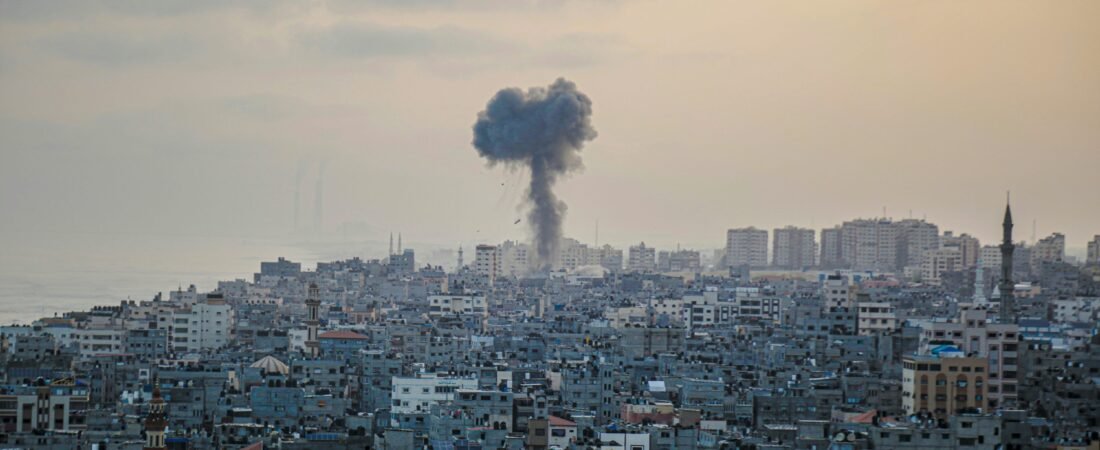In a bold and unprecedented move, President Donald Trump has announced that the United States will “take over” the Gaza Strip, promising a new era of economic development, stability in the Middle East and peace. This statement, made during a press conference alongside Israeli Prime Minister Benjamin Netanyahu, has sparked widespread discussion.
Economic Revitalization
One of the most immediate benefits of Trump’s proposal could be the economic revitalization of Gaza. The region has long been marred by conflict and economic stagnation, with high unemployment rates and inadequate infrastructure.With U.S. resources and expertise, Gaza could see the development of new housing, roads, schools, and hospitals. This could transform the area from a “symbol of death and destruction,” as Trump described it, into a thriving community.The promise of “creating thousands of jobs” points towards a significant reduction in unemployment. New industries, particularly in technology, agriculture, and tourism, could be established, leveraging Gaza’s potential as the “Riviera of the Middle East.”Establishing special economic zones could attract international investment, fostering a business environment where both local and foreign companies can thrive.The proposal would also pave the way for lasting peace in a region historically fraught with tension.
Security
U.S. involvement might bring a level of security not seen before in Gaza. By dismantling unexploded ordnance and other weapons, the immediate threats to civilian life would be significantly reduced, fostering an environment where peace can grow.With the U.S. in a direct role, there’s a potential for new diplomatic efforts. The involvement of a superpower might encourage neighboring countries to reconsider their stances on accepting displaced Palestinians, offering them a fresh start while ensuring Gaza remains a viable Palestinian homeland.The idea of “long-term ownership” suggests a commitment to not just immediate solutions but enduring peace. This could mean a shift towards governance structures that are transparent, and aimed at long-term regional stability.
Humanitarian aid
With U.S. leadership, there’s potential for more efficient and effective humanitarian aid. Programs could be better coordinated, targeting education, health, and welfare, directly improving the quality of life for Gazans.Opening Gaza to “the world’s people,” as Trump envisions, could also mean a cultural renaissance. Exchange programs, international tourism, and cultural festivals could not only boost the local economy but also enrich the cultural fabric of Gaza, promoting understanding and tolerance.Trump’s proposal, while controversial, could rally international support for a comprehensive solution to the Gaza issue. Countries might see this as an opportunity to contribute to a stable Middle East, potentially leading to collaborative projects on a scale not seen before.
Negotiations tool
We’ve seen before President Trump present bold ideas to bring people to the negotiating table as we saw recently with the Canada and Mexico tariffs. It is plausible this is a negotiation tool and the media (and we) are taking the bait yet again! Hello, art of the deal!
Final thoughts
While the announcement of U.S. oversight in Gaza by President Trump has elicited a spectrum of reactions, focusing on the positive aspects reveals a vision of hope and transformation. The plan promises economic revitalization, peace, and cultural growth for Gaza, potentially turning it into a beacon of what international cooperation can achieve. Of course, the devil is in the details, and the execution will be key. But if approached with the right intentions and international support, this could mark the beginning of a new chapter for Gaza, one where despair gives way to development, and conflict to collaboration.
